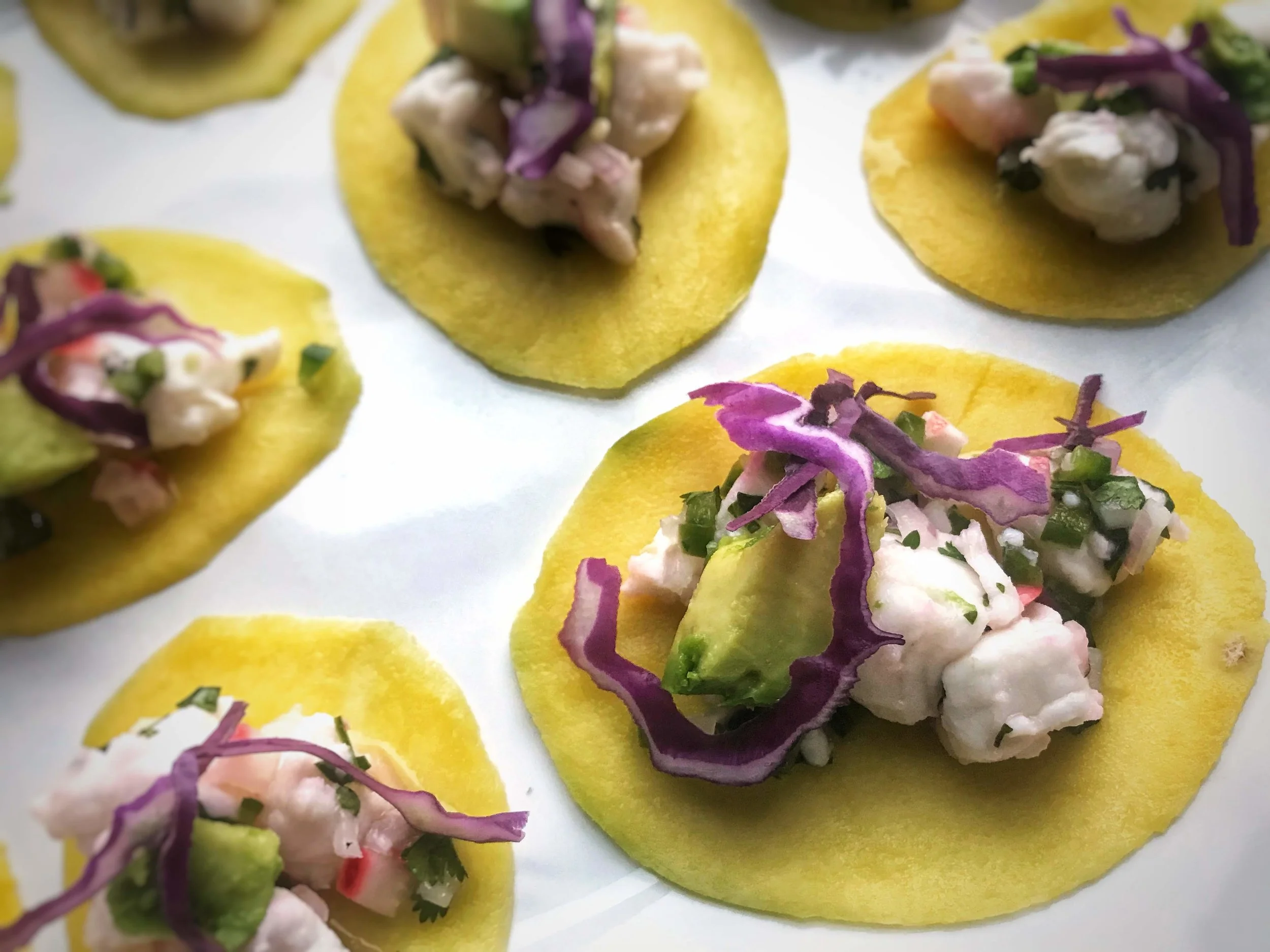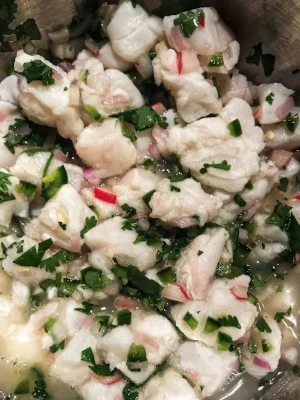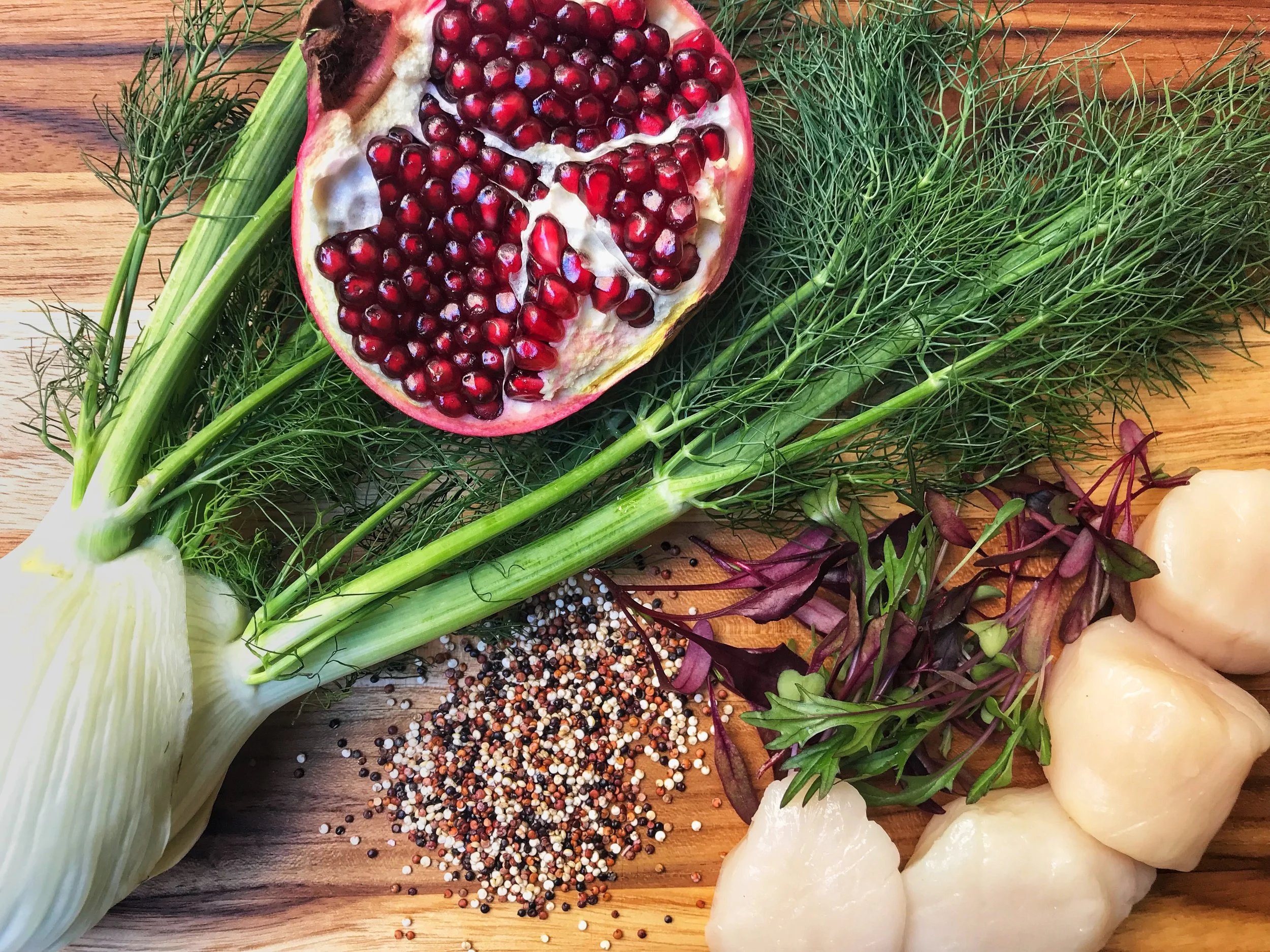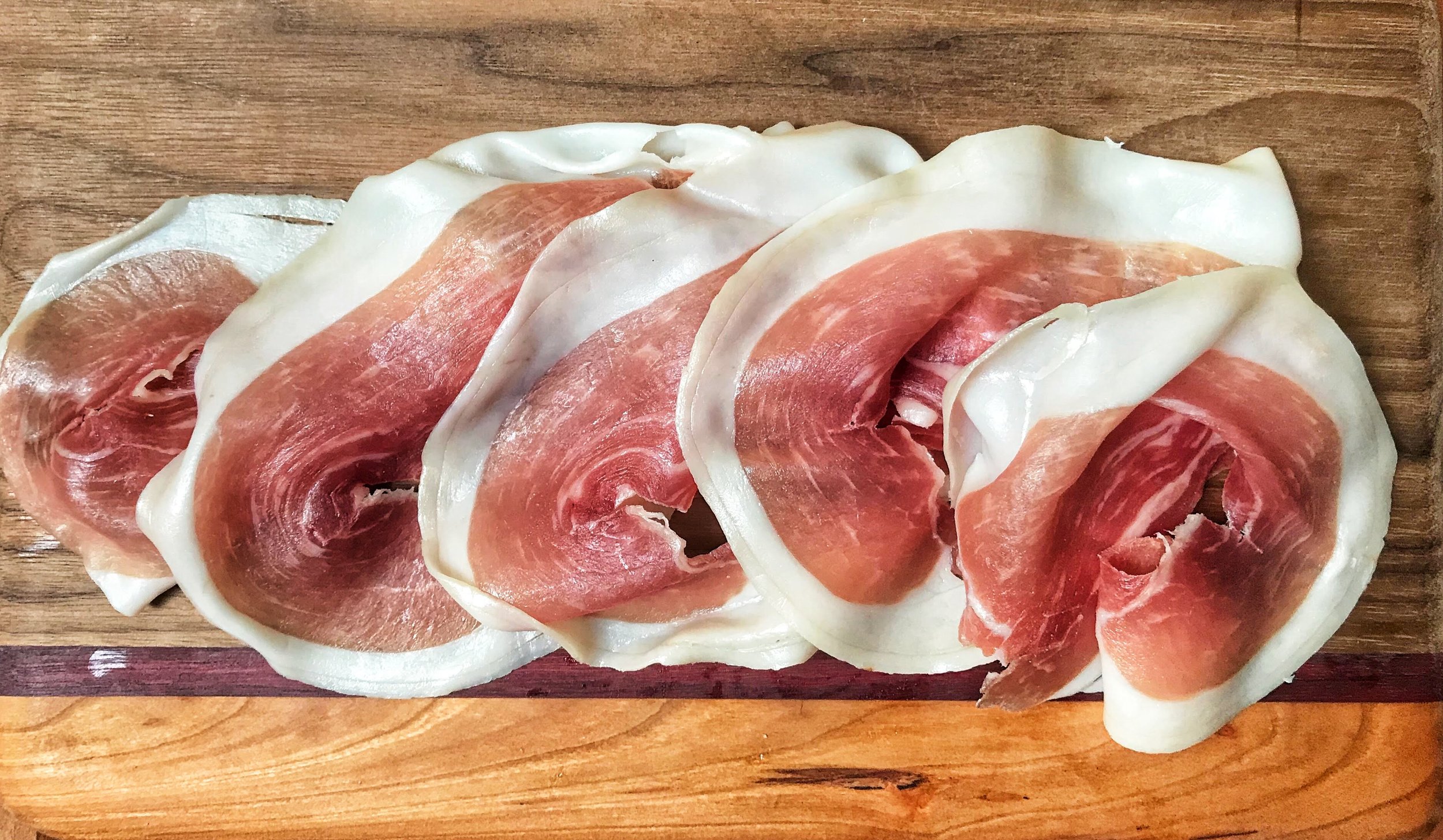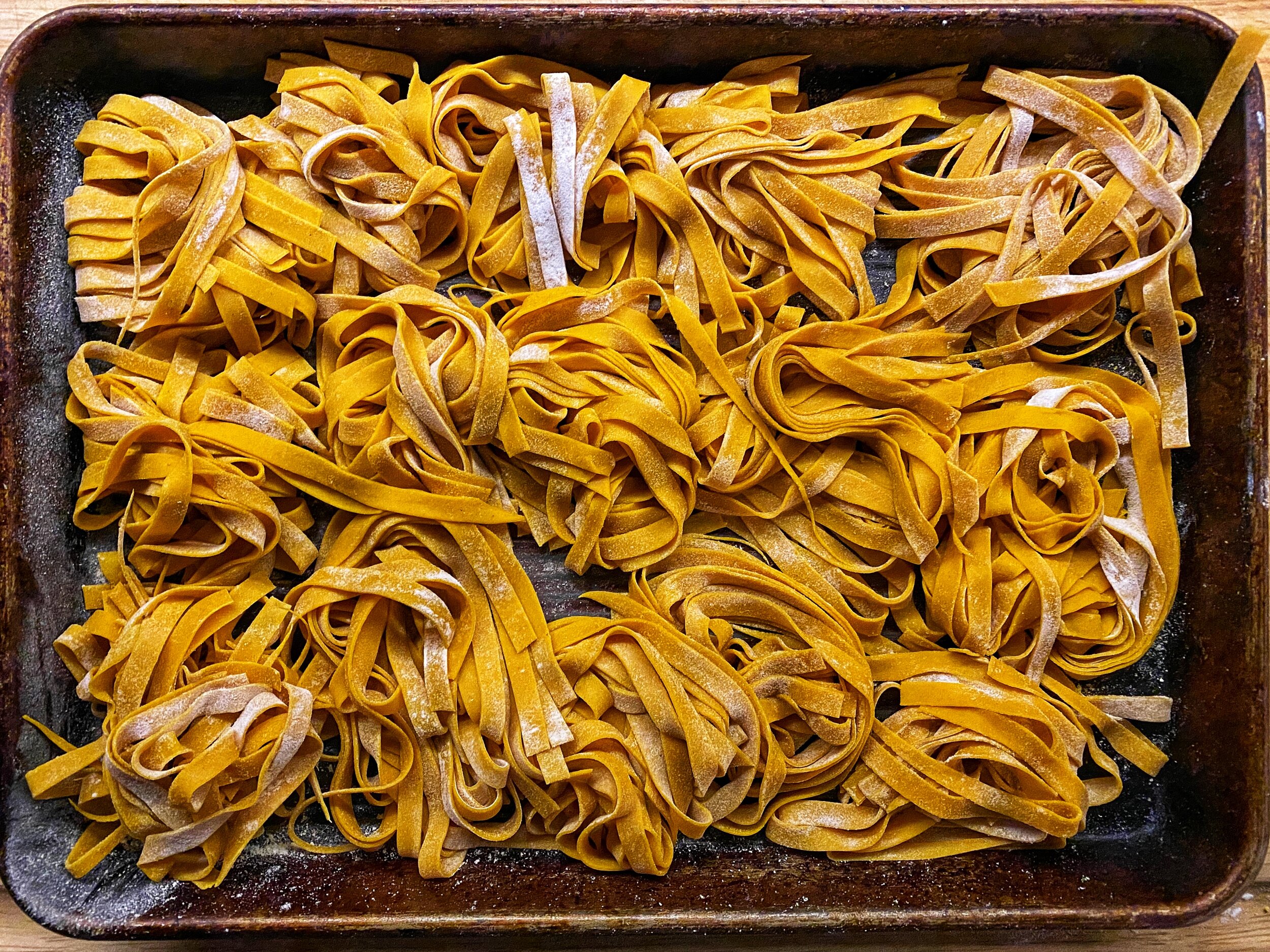Mini Mango Ceviche Tacos
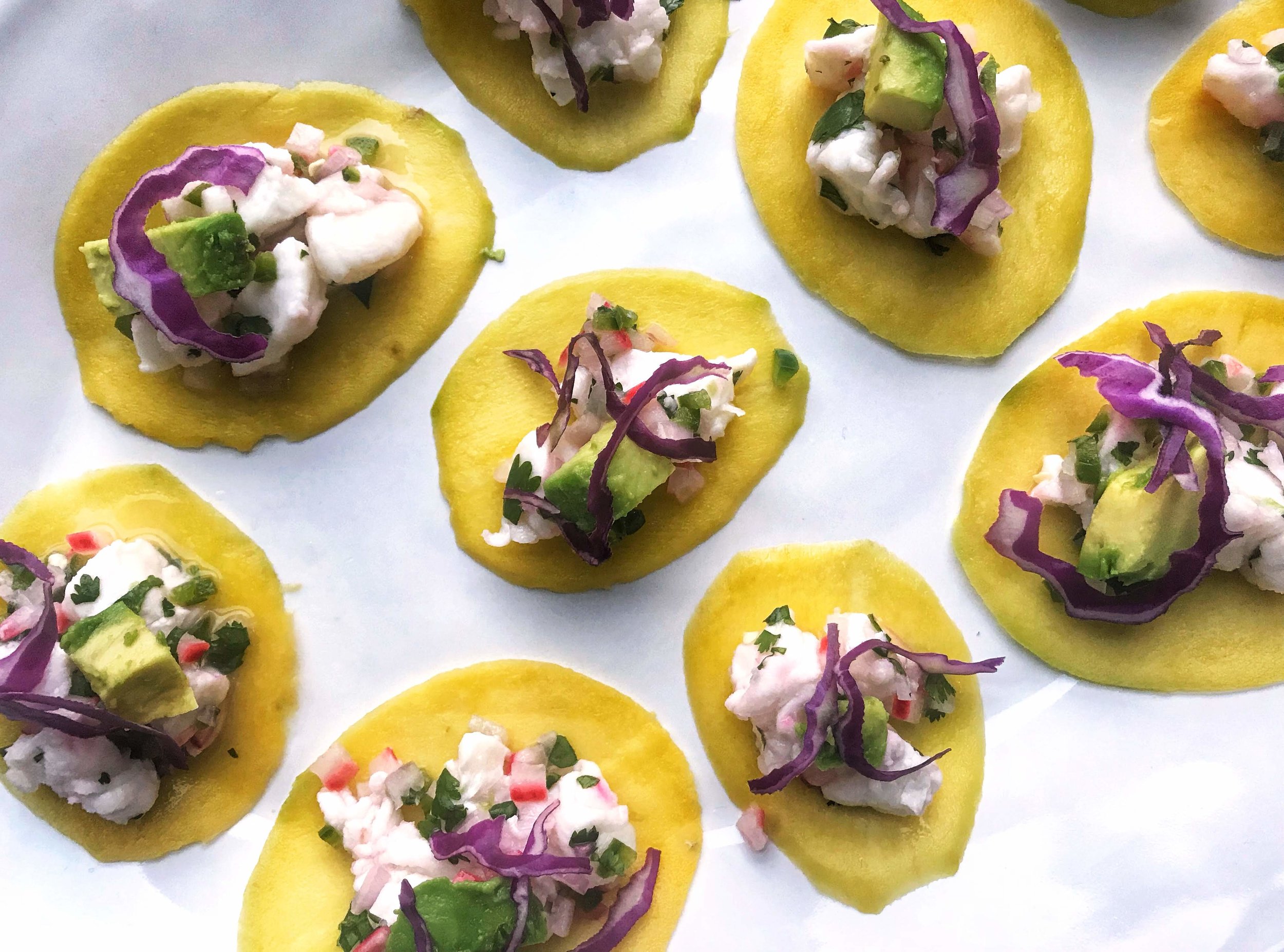
“TLDR: this book is rad and provides a cool and sensible way to understand why flavors go together”
If you are not a serial Food Network show watcher, you might not have encountered Justin Warner. He was the winner of the eighth season of Next Food Network Star and has since appeared on a variety of the network’s TV shows.
Justin was immediately different from other contestants I had seen on the reality show. Besides being significantly younger, his approach to food was unique, exciting and rebellious. He made dishes that people had never seen before. He combined ingredients that didn’t seem like they would work together. He talked about food and service in a way that was fun, inventive and with a “fly by the seat of your pants” vibe, but was still confident in the unexpected dishes he was putting out.
I thought (and still think) he is great, so when he announced a cookbook, I was very quick to jump on board. The Laws of Cooking… and How to Break Them is (expectantly) different than any other cookbook I have, and is by far, one of my favorites.
The premise of the book is by understanding so-called “laws” of cooking, we can confidently combine ingredients we’ve never used together before, and know that they will taste good. The book is divided into 11 laws, each named for a dish that most people are familiar with, can cook, or have eaten before. Justin explains the law and why it makes sense, then provides ten recipes that work because of the law.
In addition, each recipe has a HOLD IT, PLATE IT and BREAK IT section – showing you how to make it ahead of time and hold it for service, suggestions on plating the recipe, and something to add to it to break the law it is based on. Because, you know, rules are meant to be broken.
I love the insight Justin provides in understanding why ingredients tastes great together and how you can use that knowledge to become a better improvisational cook. Cooking and eating should be filled with experiments and risks. And having a slight idea of what makes sense when you are starting out is more likely to lead toward something successful, and delicious. It’s cooking by deductive reasoning.
All of the laws are great.
Law of Coffee, Cream and Sugar: Bitter meets Fat and Sweet
Law of Cheese Fries: Sharp meets Mellow
Law of General Tso’s Chicken: Spicy meets Sweet
But the one that stuck with me the most was,
Law of Peanut Butter and Jelly: Fat meets Fruit
The combination of sweet and fruity jam, fatty and rich peanut butter, all spread out on a blank canvas of bread is one of the first “dishes” most kids come to love - and its theory is played out in so many culinary ways. It’s why apples are served with fondue, slow-cooked cherries are served with foie gras, and grilled cheese is served with tomato soup.
The recipe I flipped to in this chapter was Halibut Ceviche in Mini Mango “Tacos” and I was pumped to make it.
The fatty fish is served with sweet fruit with an extra citrusy and spicy kick.
I love the idea of thinly slicing the mango to use as a serving vessel for the ceviche. I made this recipe and ate all of it myself (don’t judge) but if I were making it for a party, I would try and use a textured plate to serve it. The mango slices are a bit slippery and aren’t the easiest to pick up off a smooth surface.
If you are nervous about cooking fish, this recipe is perfect! Because you don’t actually cook it. The acid from the lime juice “cooks” the fish, so no heat is involved. That being said, make sure your fish is super fresh and doesn’t have an unpleasant, fishy smell before you make this. If you are unsure about eating fish “cooked” in acid, do as Justin suggests and heat up the lime juice before pouring in to actually cook the fish.
Any sentence that starts with “If you are really looking to rage…” gets my attention. I guess it is a thing for Peruvians (or crazy ceviche eaters) to drink the liquid that was used to cook the fish, also known as leche de tigre. You can take it straight, or chase it with some booze. I followed Justin’s suggestion and used dark rum. And I was not disappointed. And now might have some hair on my chest.
Halibut Ceviche in Mini Mango “Tacos”
For the Ceviche
1 Fresno chile*
8 ounces very fresh Halibut or other firm white fish, skin discarded, flesh cut into ¼-in pieces
½ cup strained fresh lime juice
½ shallot, finely diced
¼ cup loosely packed fresh cilantro leaves, roughly chopped
½ teaspoon kosher salt
For the “Tacos”
2 peeled mangoes
¼ small head red cabbage
1 avocado
Make the ceviche. Finely dice the chile, removing and discarding the seeds if you want less heat.
Toss all the ingredients for the ceviche in a nonreactive bowl (i.e. glass, stainless steel, plastic.) Cover and allow to marinate (“cook”) in the refrigerator for at least 1 hour and up to 6 hours, stirring occasionally.
Make the “tacos.” Starting on the widest side of the mango, using a mandoline, or a sharp knife, carefully slice the mangoes as thinly as possible. Discard (or snack on) the first few slices, as they will be too small. Each mango will yield 5 to 8 nice big slices per side.
Just before serving, shred the cabbage very thinly, using a mandoline or a sharp knife, discarding any big chunks. (The cabbage must be sliced immediately before serving or it will wilt.) Dice the avocado.
Using a slotted spoon, scoop up a bit of the ceviche, letting the liquid drain off, and place it on a mango slice. Top with a bit of avocado and a pinch of cabbage. Continue constructing the mango “tacos” until all the mango and ceviche are used. Serve immediately on a long platter and instruct folks to pick them up like tacos.
*I can rarely find Fresno chile’s in West Michigan, so I subbed a jalapeno and minced radish for a pop of red.
Source: The Laws of Cooking… And How to Break Them / by Justin Warner


